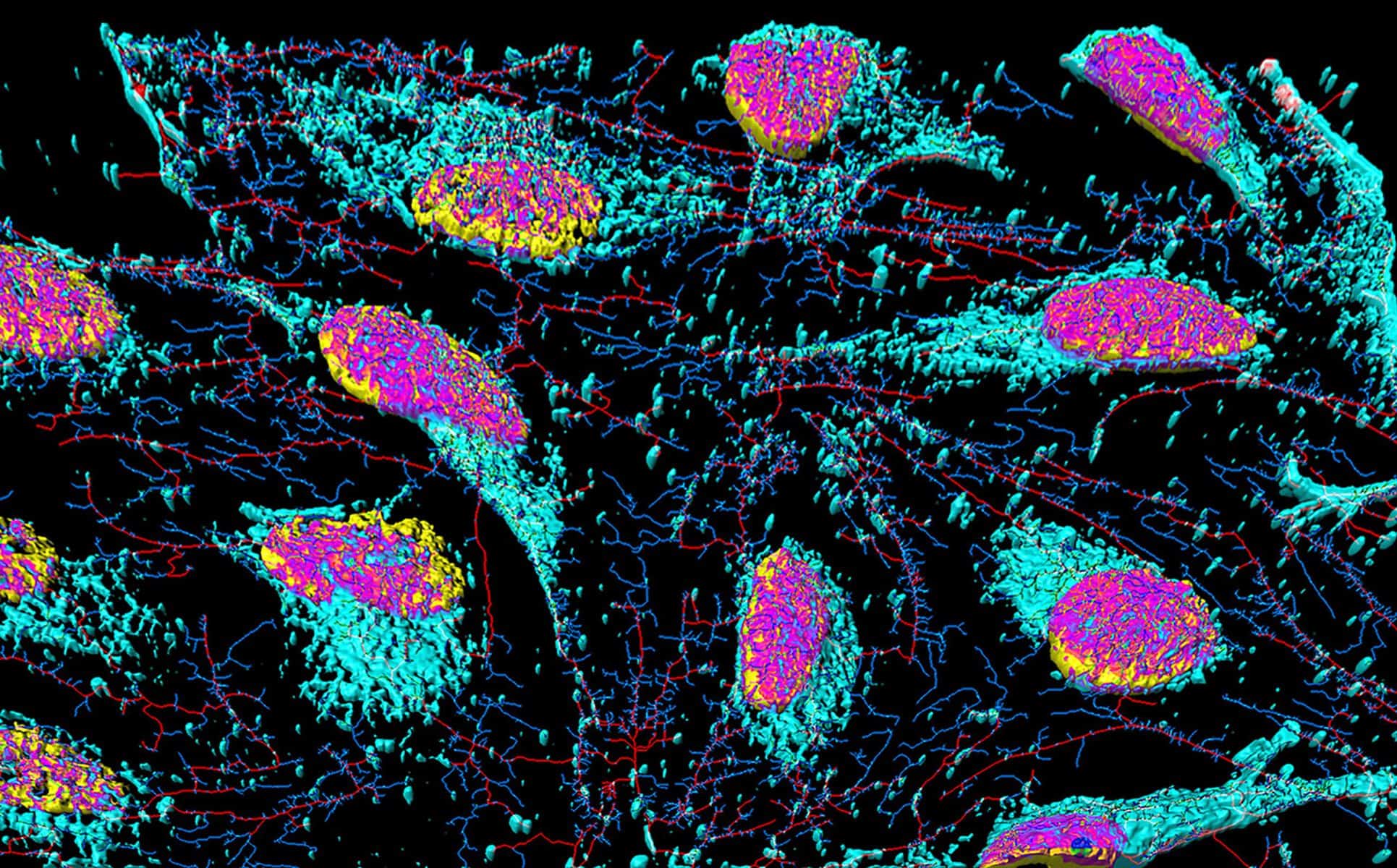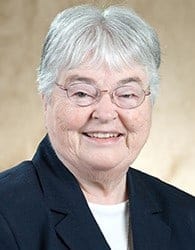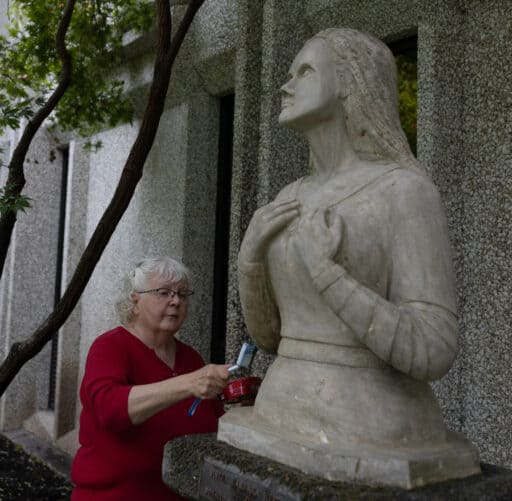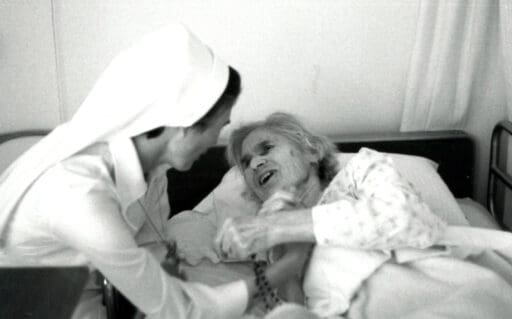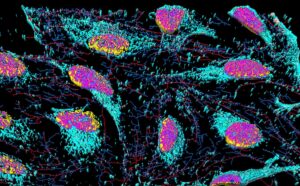
During Black History Month, the Sisters of St. Mary of Oregon are recognizing the global contributions of Black men and women. The Sisters encourage us to reflect on their invaluable contributions to peace, religion, philanthropy, science and the advancement of human-kind.
Born in Virginia in 1920, Henrietta Lacks was a Black tobacco farmer, wife and mother to five children. In 1951, Lacks died from an aggressive form of cervical cancer, just ten months after seeking treatment at Johns Hopkins.
During treatment, samples of cancerous tissue were taken from her cervix. These cells went on to become the immortal cell line known as HeLa.
Scientific research with Henrietta Lacks’s cells advanced several areas of science and medicine. Her cells were the first to be observed to divide multiple times without dying, thus becoming the first immortal cell line.
Scientific discoveries from studying her cells include the polio vaccine, AIDS research and gene mapping. Her cells, known as HeLa cells, have also travelled to space to test the effects of microgravity on cells.
Henrietta’s family was not made aware of the continued use of her cells in scientific research until the 1970s. Since then, progress has been made on consent practices to protect patients. Two members of the Lacks family now serve on a committee that determines which scientists can use HeLa cells.
Today’s prayer:
We pray to you, O Lord,
that we may envision a way forward to heal the racial divisions that deny human dignity
and the bonds between all human beings.
We pray to you, O Lord,
That we may affirm each person’s dignity through fair access for all to
economic opportunity, housing, education, and employment.
Resource: Technologynetworks.com – Henrietta Lacks

